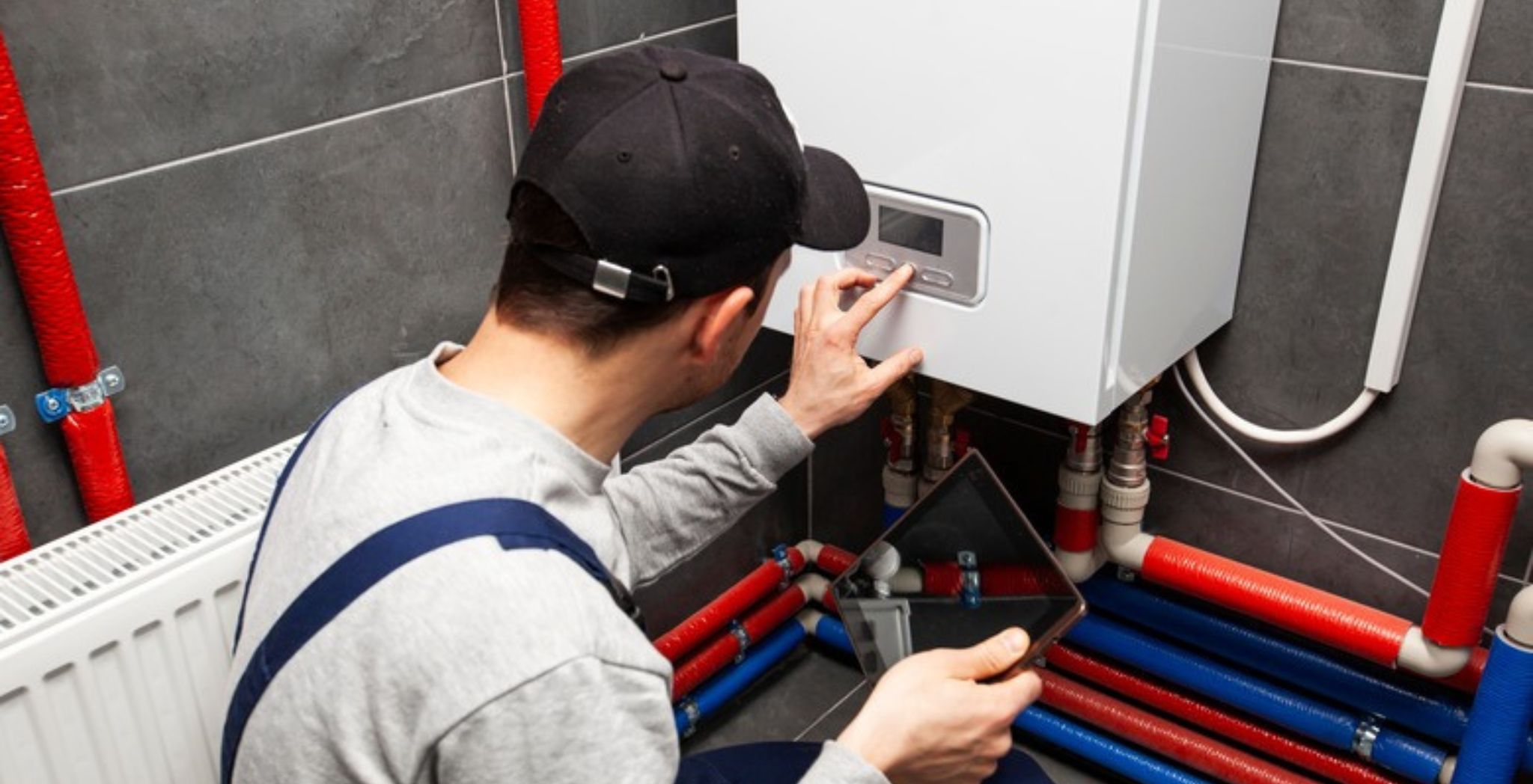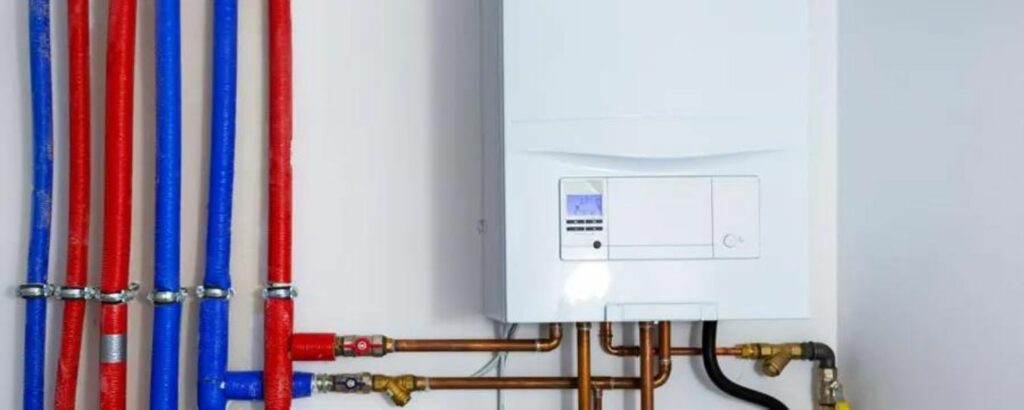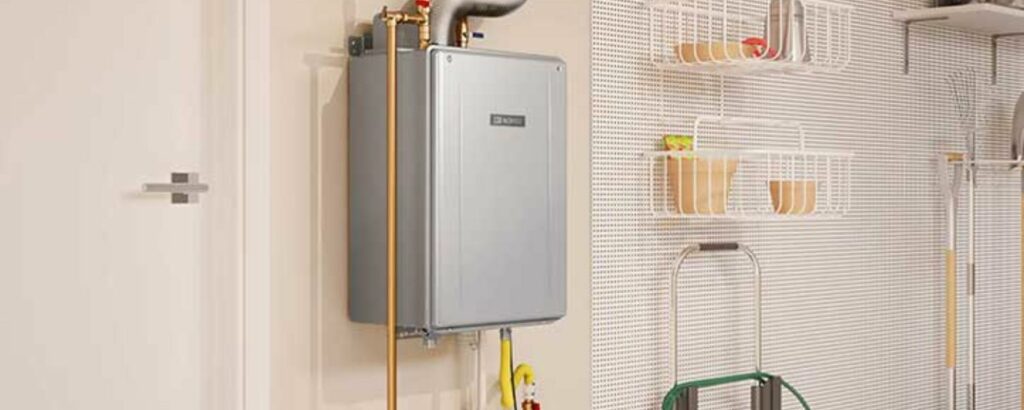As the cold weather sets in, ensuring that your heating system is running smoothly becomes crucial like heater problems.
A well-functioning heater keeps your home cozy and comfortable during winter. However, when problems arise, it can be quite frustrating.
This guide covers common heater problems and solutions, helping you identify and troubleshoot issues effectively.
Heating systems are essential for maintaining comfort in your home during winter. But like any other equipment, heaters can encounter issues.
Understanding these heater problems and solutions can save you from unnecessary discomfort and expensive repairs. In this guide, we’ll explore common heating system issues, their causes, and how to address them.
20 Common Winter Heating System Issues
Winter can bring various problems to your heating system. Here are 20 common issues and their solutions to help you keep your home warm and comfortable.
1. Heating System Won’t Switch On
A. Problem
If your heating system won’t turn on, it could be due to several reasons.
B. Solution
First, check if the system is receiving power. Ensure that the thermostat is set to the heating mode and that the temperature is set higher than the current room temperature.
Facing heater problems can disrupt your comfort during cold weather. Verify that the circuit breaker hasn’t tripped and that any fuses are intact. If these steps don’t resolve the issue, it might be a problem with the control board or other internal components, which may require professional water heater repair to get your system back on track.
2. Furnace Does Not Ignite
A. Problem
When a furnace doesn’t ignite, it may be due to a faulty igniter, gas valve issue, or dirty burners.
B. Solution
Check the igniter to see if it’s glowing. If not, it might need replacement. Ensure that the gas valve is open and that there’s no obstruction in the burners. If the problem persists, consult a technician to inspect the gas supply and ignition system.
3. Low or No Airflow from Vents
A. Problem
Low or no airflow can be caused by a clogged filter, blocked ducts, or issues with the blower.
B. Solution
Start by replacing or cleaning the air filter. Check the ducts for any obstructions or leaks. If the problem continues, the blower motor might need repair or replacement.
4. Adjusting Your Thermostat Doesn’t Do Anything
A. Problem
If adjusting the thermostat doesn’t change the temperature, it could be a sign of a malfunctioning thermostat or wiring issue.
B. Solution
Facing heater problems can disrupt your comfort during cold weather. Ensure the thermostat is correctly set and try replacing the batteries if it’s a battery-operated model. Check the wiring connections for any loose or damaged wires. If these steps don’t help, the thermostat might need replacement. For persistent issues, consider contacting a professional for water heater service.
5. Cool Air Blows from Vents When the Furnace Operates
A. Problem
If cool air blows from the vents when the furnace is on, it might be due to an incorrect thermostat setting or an issue with the furnace.
B. Solution
Verify that the thermostat is set to the heating mode and that the temperature is set correctly. Check if the furnace is functioning properly. If the issue persists, there could be a problem with the furnace or ductwork, which may require professional attention.
6. Air Filter Clogs Quickly
A. Problem
If the air filter clogs quickly, it could be due to high dust levels or a problem with the air circulation system.
B. Solution
Replace the filter with a higher-quality one and ensure regular maintenance. Check for any issues with the blower or ductwork that might be causing excessive dust and debris.
7. Thermostat Not Turning On or Appears Blank
A. Problem
A thermostat that doesn’t turn on or appears blank could be due to dead batteries, a tripped circuit breaker, or a malfunctioning thermostat.
B. Solution
Replace the thermostat batteries and check the circuit breaker. If the thermostat still doesn’t work, it might need repair or replacement.
8. Furnace Creating a Burning Smell
A. Problem
A burning smell from the furnace could indicate dust burning off or more serious issues like overheating.
B. Solution
If the smell is temporary and goes away after a short period, it might just be dust. However, if the smell persists, turn off the furnace and have it inspected by a professional to ensure there are no serious issues.
9. Water Pooling Around Heating Equipment
A. Problem
Water pooling around the heating equipment might be due to a leaking condensate line or a malfunctioning humidifier.
B. Solution
Check the condensate line for blockages and clear them if necessary. Inspect the humidifier and repair any leaks. If you’re unsure, consult a technician to address the issue.
10. Heat Pump Not Warming Your Home
A. Problem
If your heat pump isn’t warming your home, it might be due to a refrigerant issue, a faulty compressor, or an issue with the thermostat.
B. Solution
Check the refrigerant levels and ensure the compressor is working. Verify that the thermostat is set correctly and that there are no obstructions around the heat pump. If the problem continues, professional service might be needed.
11. Heating System Short Cycles
A. Problem
Short cycling, where the heating system turns on and off frequently, can be caused by an oversized system, a faulty thermostat, or clogged filters.
B. Solution
Ensure the system is the right size for your home and check for any issues with the thermostat. Replace clogged filters and inspect the system for any other problems.
12. Furnace or Air Handler Interior Visibly Dirty
A. Problem
A dirty furnace or air handler can reduce efficiency and cause other problems.
B. Solution
Regularly clean the interior of your furnace or air handler. Remove dust and debris, and ensure that all components are in good condition.
13. Excess Humidity in Your Home
A. Problem
Excess humidity can lead to discomfort and potential damage to your home.
B. Solution
Use a dehumidifier to manage indoor humidity levels. Ensure that your heating system’s ventilation is working correctly and consider using a humidity control system.
14. Your Heating Bills Are High
A. Problem
High heating bills can be a sign of an inefficient system or high energy costs.
B. Solution
Check for any issues with your floor heating systems that might be causing inefficiency. Ensure proper insulation in your home and consider upgrading to a more energy-efficient system.
15. Carbon Monoxide Detectors Sound Frequently
A. Problem
Frequent carbon monoxide detector alarms indicate a potential carbon monoxide leak, which is a serious safety issue.
B. Solution
Immediately evacuate your home and call emergency services. Have your heating system inspected by a professional to address any potential leaks or issues.
16. Noisy Heating System
A. Problem
A noisy heating system can be caused by loose parts, a malfunctioning blower, or ductwork issues.
B. Solution
Inspect the system for loose parts and tighten them as needed. Check the blower for any issues and ensure that the ductwork is not causing excessive noise.
17. Heater Problems in House: Electric Heater Problems
A. Problem
Electric heaters may experience issues such as failure to heat, tripped circuit breakers, or faulty thermostats.
B. Solution
Ensure the heater is plugged in and receiving power. Check the circuit breaker and replace any faulty thermostats or heating elements.
18. Heater Problems in House: Gas Heater Problems
A. Problem
Gas heaters might have issues such as gas supply problems, ignition issues, or faulty thermocouples.
B. Solution
Ensure the gas supply is on and check for any ignition problems. Inspect the thermocouple and other components for issues and repair as needed.
19. Reasons for Central Heating Not Working
A. Problem
Central heating systems might fail to work due to issues with the thermostat, furnace, or ductwork.
B. Solution
Check the thermostat settings, inspect the furnace for any problems, and ensure that the ductwork is not obstructed.
20. Heater Not Working in Apartment
A. Problem
If your heater isn’t working in an apartment, it could be due to issues with the heating unit, thermostat, or building-wide heating system.
B. Solution
Contact your building management to ensure the central heating system is functioning correctly. If you have a unit heater, check the thermostat and ensure the unit is receiving power.
Conclusion
Maintaining a properly functioning heating system is essential for comfort and safety during the winter months. By understanding common heater problems and solutions, you can troubleshoot and resolve many issues on your own.
For more complex problems or persistent issues, don’t hesitate to contact a professional for assistance. Regular maintenance and prompt attention to heater problems can ensure that your home remains warm and comfortable throughout the winter season.
Life Mechanical assists with heater problems by offering expert diagnostics and repairs. Their skilled technicians identify issues quickly, from thermostat malfunctions to furnace inefficiencies.
With prompt service and quality workmanship, Life Mechanical ensures your heating system runs efficiently, keeping your home warm and comfortable throughout the winter.



